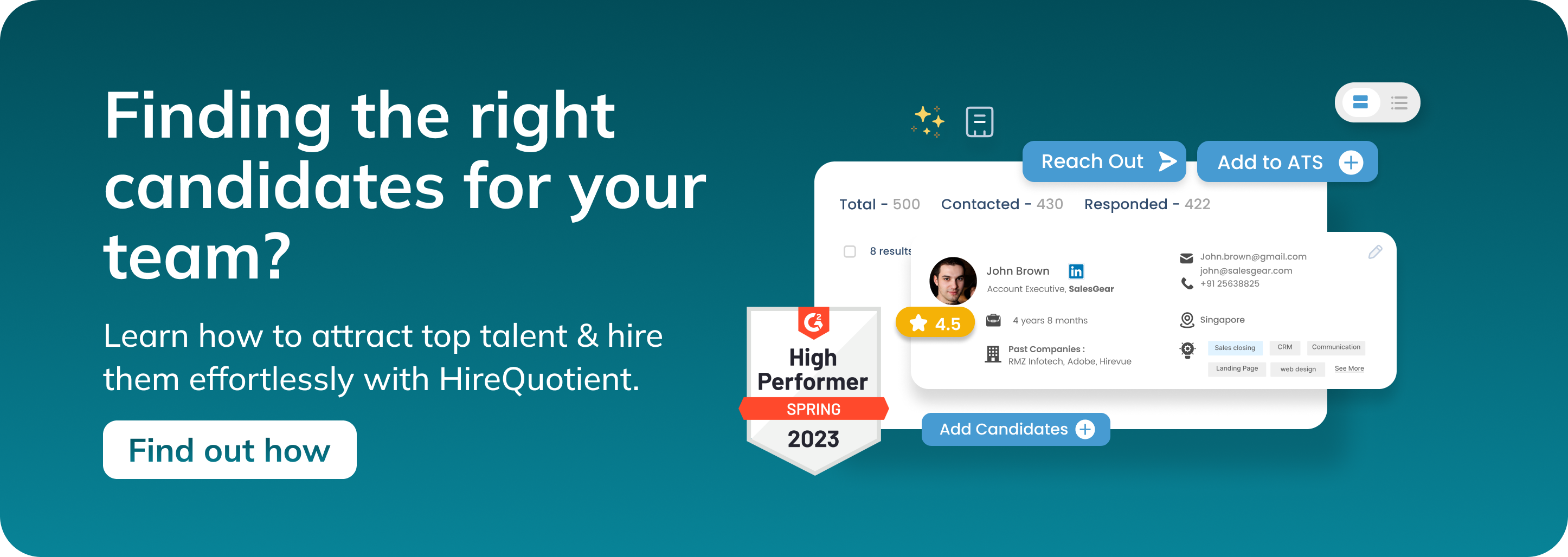Exploring the Various Types of Human Resource Development
Published on June 5th, 2023
Human Resource Development (HRD) plays a pivotal role in organizations, encompassing the processes and initiatives aimed at enhancing the skills, knowledge, and capabilities of employees. It is a strategic approach that ensures the continuous growth and development of the workforce, thereby benefiting both individuals and the organization as a whole. In this blog, we will delve into the various types of human resource development practices that organizations employ to foster learning, improve performance, and drive organizational success.
1. Training and Development:
Training and development programs are designed to enhance specific skills, knowledge, and competencies required for employees to excel in their roles. These programs can take various forms, including workshops, seminars, online courses, mentoring, on-the-job training, and more. Training programs focus on improving technical skills, while development programs focus on broader professional growth, such as leadership, communication, and problem-solving abilities.
2. Performance Management:
Performance management is an ongoing process that aims to align individual and team goals with organizational objectives. It involves setting performance standards, providing feedback, conducting performance appraisals, and offering development opportunities based on identified needs. Performance management ensures that employees receive regular feedback on their performance, helping them identify areas of improvement and fostering a culture of continuous learning.
3. Career Development:
Career development initiatives are aimed at helping employees plan and achieve their long-term career goals within the organization. These programs focus on identifying career paths, providing growth opportunities, and offering resources to enhance skills and competencies necessary for advancement. Career development activities can include job rotations, job shadowing, coaching, mentoring, and succession planning. By investing in employees' career growth, organizations can boost employee satisfaction, engagement, and retention.
4. Succession Planning:
Succession planning involves identifying and developing high-potential employees for key leadership positions within the organization. It ensures a smooth transition when current leaders retire, resign, or move on. Succession planning often involves assessments, talent identification, and targeted development programs to prepare potential successors for future leadership roles. Effective succession planning ensures the continuity of organizational performance and minimizes disruptions during leadership transitions.
5. Knowledge Management:
Knowledge management focuses on capturing, organizing, and sharing knowledge within an organization. It includes methods, processes, and systems to facilitate knowledge creation, dissemination, and application. By encouraging knowledge sharing and collaboration, organizations can harness the collective expertise of their employees and foster a culture of continuous learning. Knowledge management initiatives can include creating knowledge repositories, conducting training programs, establishing communities of practice, and implementing collaborative tools.
6. Employee Engagement and Well-being:
Employee engagement and well-being initiatives are designed to create a positive work environment that fosters employee satisfaction, motivation, and productivity. These programs focus on improving work-life balance, promoting a healthy and inclusive culture, and providing support for employees' physical, mental, and emotional well-being. Employee engagement activities can include recognition programs, employee surveys, wellness initiatives, flexible work arrangements, and team-building activities.
7. Leadership Development:
Leadership development programs aim to cultivate and enhance the leadership skills and qualities necessary for individuals in managerial and executive roles. These programs focus on developing strategic thinking, decision-making abilities, communication skills, and the ability to inspire and motivate others. Leadership development initiatives can include executive coaching, leadership workshops, mentorship programs, and participation in professional networks or associations.
Why HireQuotient?
HireQuotient is a cutting-edge HR-tech platform that brings a new level of innovation to the recruitment process. It offers a wide range of tools that greatly simplify and enhance various stages of recruitment, empowering recruiters to be more efficient and effective.
A standout feature of HireQuotient is EasySource, an advanced talent sourcing platform that automates the candidate search process. With just a few clicks, recruiters can effortlessly discover and engage with potential candidates. EasySource incorporates ChatGPT and Generative AI, enabling seamless communication and outreach to candidates. Finding the perfect talent has never been so effortless and streamlined.
To assess candidates, HireQuotient provides EasyAssess, a skills-based assessment platform. Recruiters have the flexibility to customize assessments for candidates in non-technical roles. EasyAssess generates comprehensive, data-driven reports on candidate results, equipping recruiters with valuable insights to make informed decisions.
Another remarkable tool offered by HireQuotient is EasyInterview, which simplifies the interview process. This platform facilitates one-way video interviews, eliminating scheduling hassles. Recruiters can save valuable time and redirect it towards more meaningful activities, knowing that the interview process is efficient and adaptable.
Conclusion:
Human Resource Development encompasses a wide range of initiatives that contribute to the growth, development, and well-being of employees within an organization. By investing in the types of HRD discussed in this blog, organizations can create a skilled and motivated workforce, foster a culture of continuous learning, and drive overall organizational success. Effective HRD practices not only benefit employees by providing opportunities for growth and advancement but also positively impact the organization's performance and competitiveness in the market. It is crucial for organizations to recognize the importance of human resource development as a strategic investment rather than an expense. By aligning HRD initiatives with the organization's goals and objectives, organizations can unlock the full potential of their employees and create a sustainable advantage.

Related Reads:
Hire the best without stress
Ask us how
Never Miss The Updates
We cover all recruitment, talent analytics, L&D, DEI, pre-employment, candidate screening, and hiring tools. Join our force & subscribe now!
Stay On Top Of Everything In HR

